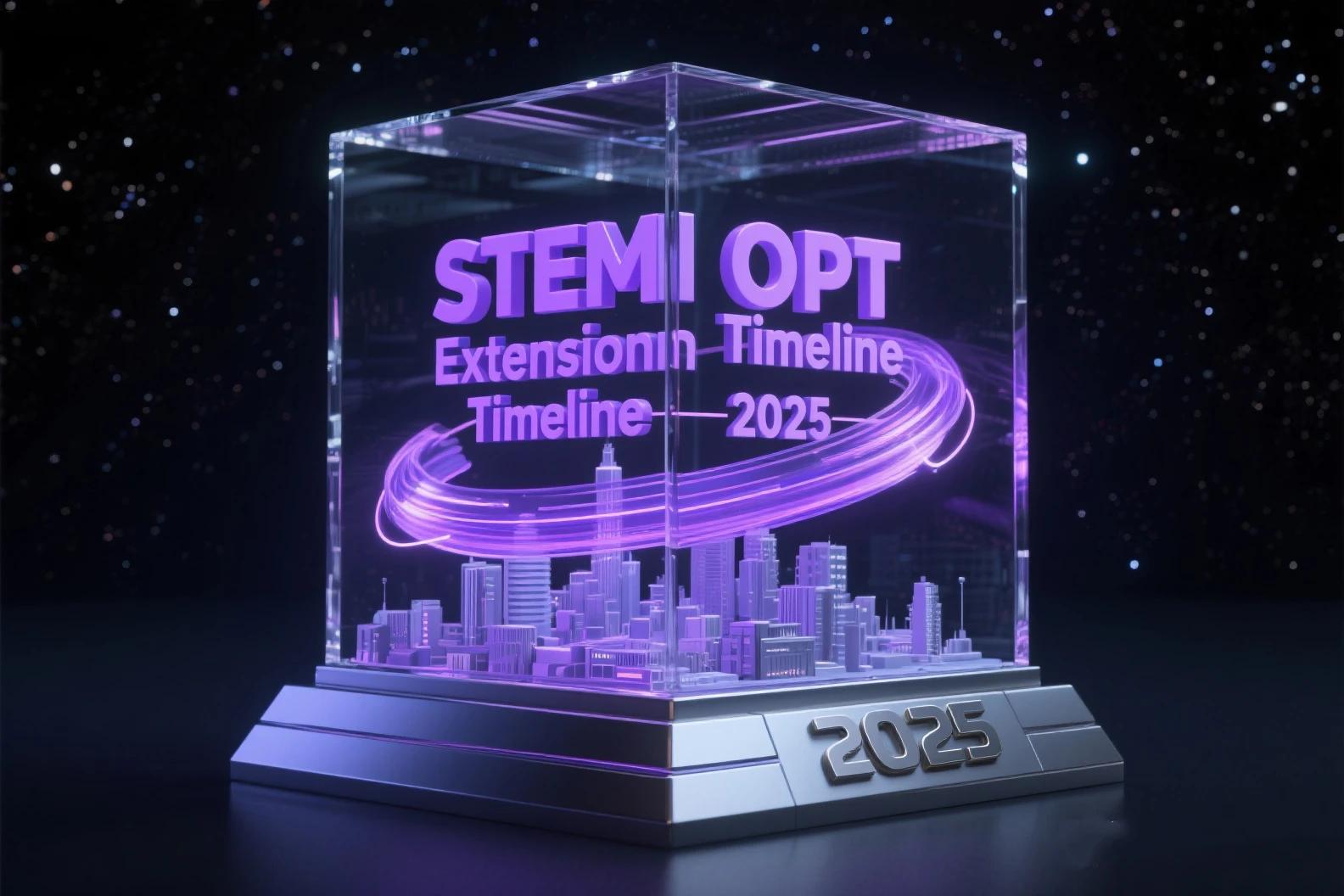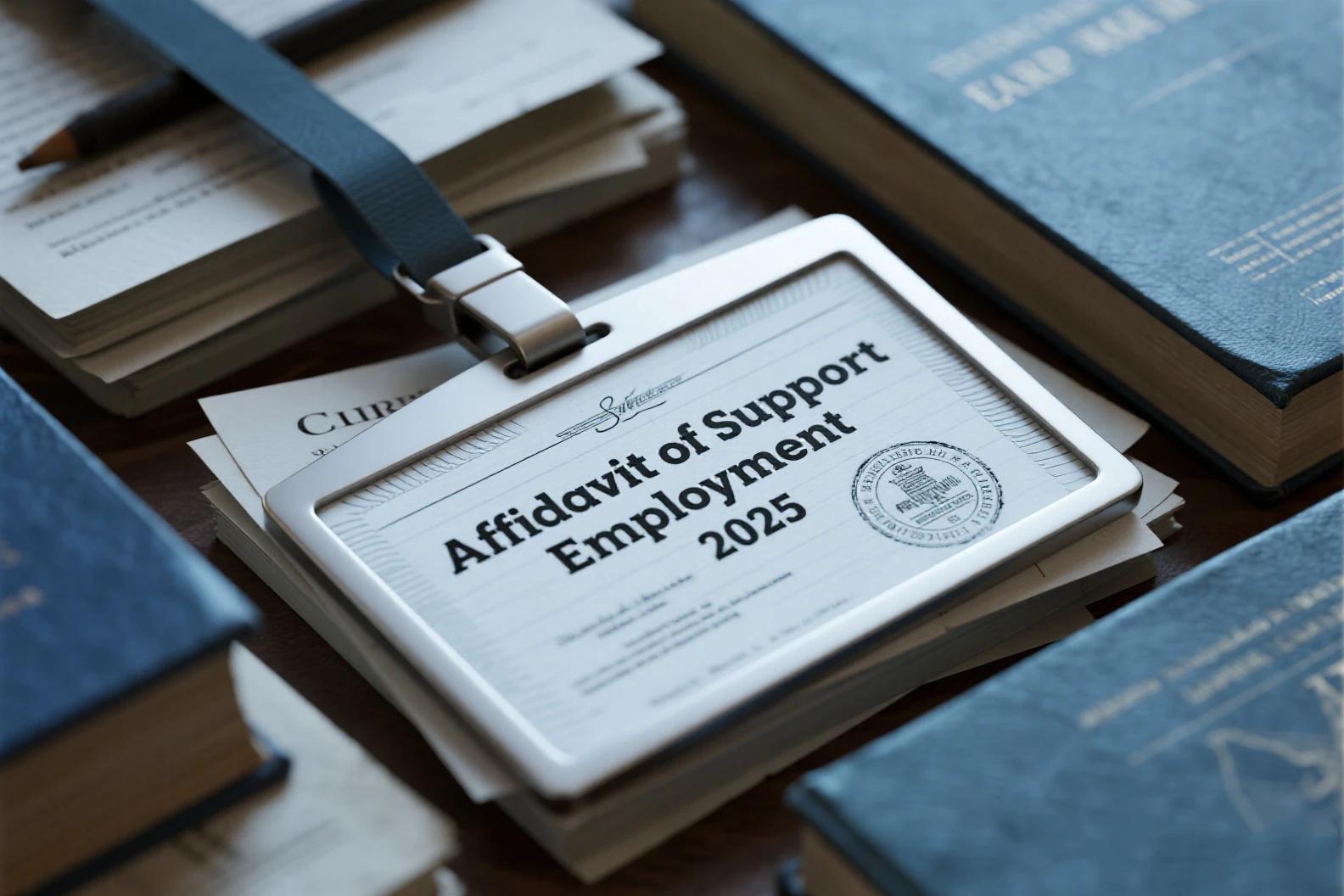Employment-Based Immigration
Building Your Career in the United States
What is Employment-Based Immigration?
Employment-based immigration allows individuals to move to the U.S. for job opportunities, whether through sponsorship by an employer or based on specialized skills. It includes temporary work visas and permanent residency options for high-demand talents.
Who qualifies?
Professionals with U.S. job offers
Investors, researchers, executives
Workers with extraordinary abilities
Key Advantages
Career advancement opportunities
Competitive salaries and benefits
Path to permanent residency and citizenship
Access to world-class innovation hubs
Employment Visa Categories
Temporary Work Visas
Non-immigrant visas for temporary employment
H-1B: Specialty occupations
For professionals in specialized fields requiring at least a bachelor's degree (tech, finance, engineering, etc.)
L-1: Intra-company transfers
For executives, managers, and specialized knowledge employees transferring from a foreign office to a U.S. branch
O-1: Individuals with extraordinary ability
For those with exceptional skills in sciences, arts, education, business, or athletics
TN: NAFTA professionals
For citizens of Canada and Mexico in specific professional categories under USMCA (formerly NAFTA)
Employment-Based Green Cards (EB)
Permanent residency through employment
EB-1: Priority workers
For persons of extraordinary ability, outstanding professors/researchers, and multinational executives/managers
EB-2: Advanced degree holders
For professionals with advanced degrees or exceptional ability, including National Interest Waiver cases
EB-3: Skilled workers, professionals
For skilled workers (requiring 2+ years training), professionals (requiring bachelor's degree), and other workers
EB-4: Special immigrants
For religious workers, certain U.S. government employees, and other special categories
EB-5: Immigrant investors
For investors who invest $800,000-$1,050,000 in a U.S. business creating at least 10 full-time jobs
Employment Immigration in Numbers
140,000
EB green cards issued yearly
85,000+
H-1B visas granted annually
(65k cap + 20k for advanced degree)Top Employers Sponsoring Work Visas
Amazon
Infosys
Microsoft
High-Demand Professional Fields
Information Technology & Software Development
Healthcare & Medical Research
Engineering & Advanced Manufacturing
Finance & Business Analytics
Demand for tech and healthcare professionals rising year over year
More questions about Employment-Based Immigration? We have answers
We break down Employment-Based Immigration so you don't have to: See all Employment-Based Immigration resources.
FAQs
It depends on your visa type:
H-1B: Yes, but the new employer must file a new H-1B petition. You can start working once the petition is filed (H-1B portability).
L-1: Generally no, as this visa is specific to the company that transferred you.
O-1: Yes, but the new employer must file a new O-1 petition.
Green card in process: Changing employers during the green card process can be complex and may require starting over, though AC21 provisions may help in certain circumstances.
Always consult with an immigration attorney before changing employers to understand the implications for your specific situation.
PERM (Program Electronic Review Management) is the labor certification process required for most EB-2 and EB-3 green card applications. It's designed to ensure that hiring a foreign worker won't adversely affect U.S. workers' wages or working conditions.
The process involves:
Prevailing wage determination from the Department of Labor
Recruitment efforts to test the U.S. labor market (job postings, advertisements)
Filing ETA Form 9089 with the Department of Labor
The PERM process typically takes 6-18 months, depending on processing times and audit likelihood.
Processing times vary significantly based on:
EB category: EB-1 is typically faster than EB-2 or EB-3
Country of birth: Applicants from high-demand countries (India, China) face longer waits due to per-country caps
USCIS processing times: Can fluctuate based on backlog and policy changes
General timeframes:
EB-1: 1-2 years (longer for certain countries)
EB-2/EB-3: 2-5+ years (can be 10+ years for India/China)
EB-5: 2-5 years
Not all employment-based visas require a job offer. Here's a breakdown:
Visas requiring job offers: H-1B, L-1, O-1 (typically), TN, most EB-2 and EB-3 green cards
Visas that may not require job offers:
EB-1A (Extraordinary Ability)
EB-2 with National Interest Waiver
EB-5 Investor visa
Even for categories that don't strictly require job offers, you'll need to demonstrate your intention and ability to work in your field in the United States.
Ready to Advance Your Career in the U.S.?
Our experts can help you navigate the complex employment-based immigration process and find the right pathway for your professional goals.




